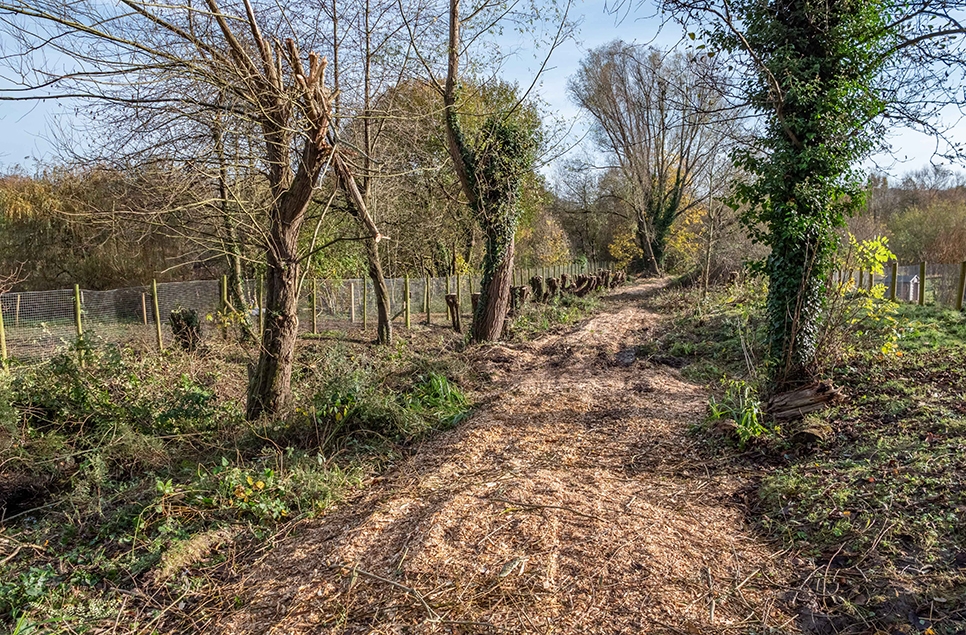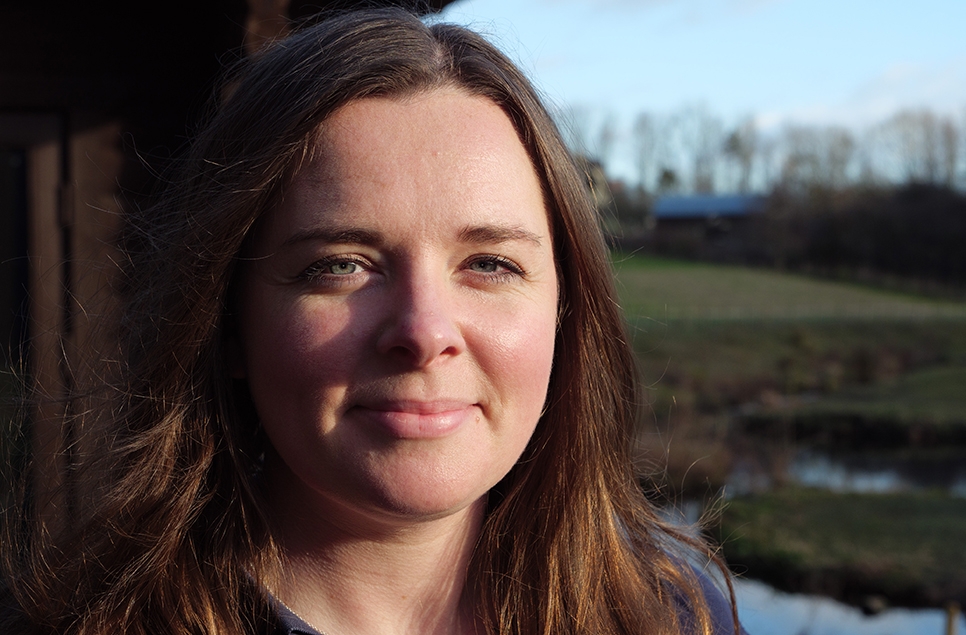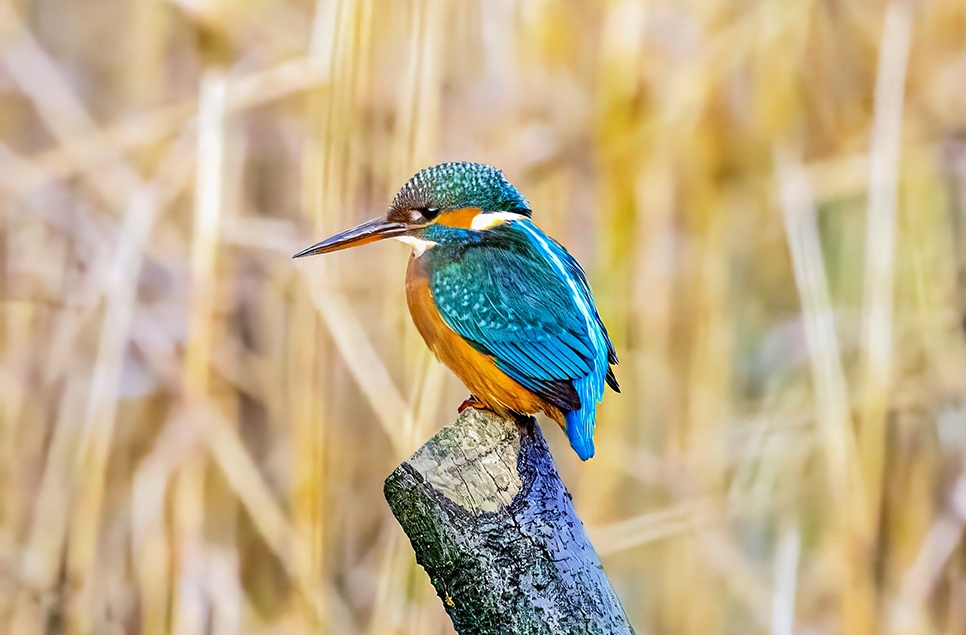Lets talk about invasive species - crassula helmsii
This week is invasive species week and we wanted to highlight a key invasive plant species that we actively manage here at WWT Washington.
Crassula helmsii (also know as New Zealand pigmyweed) is a non-native invasive plant oringinally found in Australia and New Zealand. It's an aquatic species of succulent which, in 2014 along with 4 other plants was banned from sale in the UK!
Crassula helmsii is a highly adaptable plant which can tolerate many different growing conditions. It can grow below the water's surface or at the edges or margins of water. It's even semiterrestrial meaning it can also grow on land if the ground is damp enough.
The species is one of the biggest threats to Wetlands in the UK and if left untreated it can completely cover the surface of the pond. Once established, it can outcompete native plants forming a dense mat covering which shades out other plants.
It can also cause issues for our wildlife. If left to it's own devices, it can even cover exposed mud, which is a vital habitat for wading birds.
We have this on our reserve at Washington Wetland Centre
We have an ongoing management plan that targets this species, as well as a variety of others.
We monitor all of our reserve areas for crassula throughout the year, making sure it does not get the chance to spread and take over our wetlands. This is done in a variety of ways:
- We fluctuate the water levels at various points throughout the year. During winter we flood it, while during the summer we expose the crassula when the water level is lowered. This helps to reduce it spreading by changing its growing conditions several times during the year - this makes it harder for the crassula to thrive.
- In more sensitive areas, we block out the sunlight by placing a black pond liner over the top of the crassula. Crassula can't survive without sunlight and it therefore dies.
- If we're doing work on Wader Lake, we dig and bury the crassula which has the same impact as covering with pondliner.
Crassula can grow from a tiny fragment that has been left untreated. It can be transferred to boots and wellies so if people have been walking around infected areas it can move it from place to place. Biosecurity of footwear is really important and we are very careful to thouroughly wash our footwear when working with this invasive species.
There are things you can do at home to reduce the impacts of non-native plant species - read more


